Water Consumption
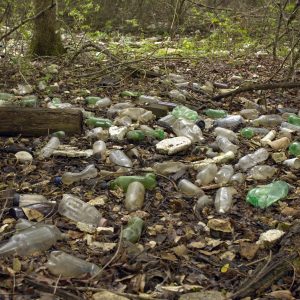
The biggest environmental issues facing Charlotte share a common root
Air pollution, runoff and sediment in our waterways, disappearing open space and development chipping away at our tree canopy: Charlotte’s facing many environmental challenges with one common cause. Growth. About 18 percent of land in the city is considered “vacant,” and that number is shrinking as development roars ahead. The city recently changed its tree […]
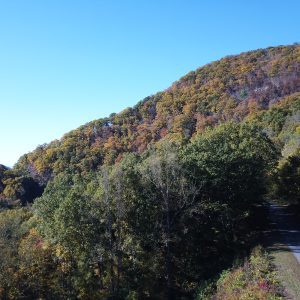
How our changing landscape sustains us all
Ecosystems such as forests and wetlands provide clean air and water, food, building materials and recreational opportunities. The benefits people receive from nature are referred to as “ecosystem services.” Our interactions with ecosystems can have a positive impact, boosting our health and the economy. We can also have a negative impact on the health and […]
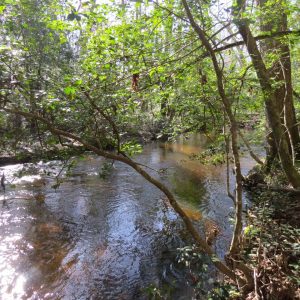
Preserving a ‘black water’ river east of Charlotte: Drowning Creek
In the far southeastern tip of Montgomery County, where Moore, Richmond and Montgomery counties all converge, a stream with an evocative name flows: Drowning Creek. Drowning Creek is a high quality stream, which means it has little pollution and good aquatic diversity. The creek flows southward into the Lumber River, which was originally called Drowning […]
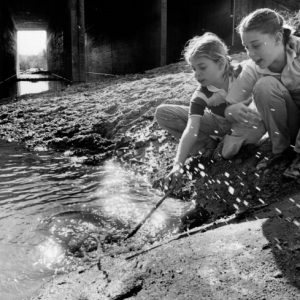
Celebrating creeks, the ‘capillaries’ of our water system
Think of an important waterway: You’re probably picturing a rushing river, a huge lake or a roaring waterfall. But what about the humble creek running through the woods near your house? That’s where most of our waterways start, and if those creeks aren’t healthy, our larger waterways won’t be healthy either. Creek Week is a […]
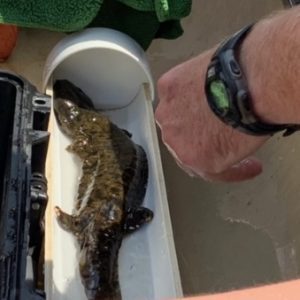
Hellbenders offer a window into water’s health
Hellbenders – a species of large salamander with an evocative name – can tell us something about the health of a river. Macroinvertebrates are good indicators of water health across the state. Insects, crustaceans, molluscs, and arachnids can all tolerate water quality in different degrees. Mayflies, caddisflies, stoneflies, hellgrammites are all highly sensitive to pollution. Their presence anywhere indicates good water quality. Dragonflies, damselflies, crayfish and clams are somewhat tolerant of pollution. Black fly larvae, lunged snails, and leeches are all pollution-tolerant.
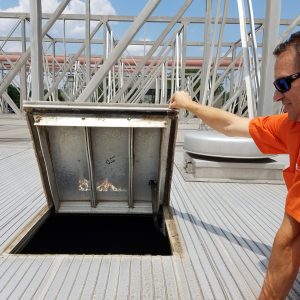
Charlotte Water wants to harvest fertilizer from your flushes
Wash, brush, flush: As the local population booms, more people than ever are using Charlotte’s water for the daily essentials of life. And all that wastewater swirling down innumerable drains has to be treated – more than 78 million gallons a day, on average. Now, for the first time, Charlotte Water is planning to glean […]
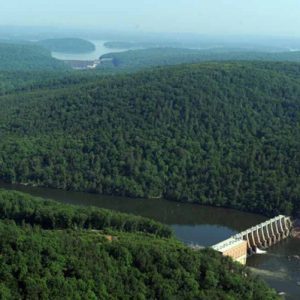
In 2013, can region apply lessons from past 5 years?
2013 may be a year historians look back on as the time local leaders hit the “reset” button on issues that had been at the forefront of public policy discussions before the 2008 economic meltdown. Will leaders revisit these issues following the same assumptions and conventional strategies as before? Or will lessons learned in the […]
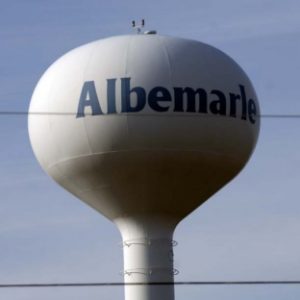
Water towers of the Charlotte region
Photos by Nancy Pierce Brad Satterwhite wrote this article while interning at the UNC Charlotte Urban Institute in 2012. Although some municipalities use their water towers to make a visual splash – such as the beloved Peachoid in Gaffney, S.C., and the baseball water tower in Fort Mill, S.C. – many others are more subtle, […]

Environmental Quality of Life by the Numbers
The new Charlotte Regional Indicators Project website will go live in the next few months. This is part of a series of articles leading up to that date that will provide analysis of some of the data being tracked by the Indicators Project. How do you paint a picture of the region’s progress on environmental […]